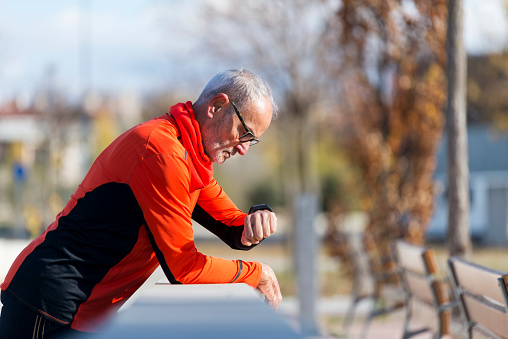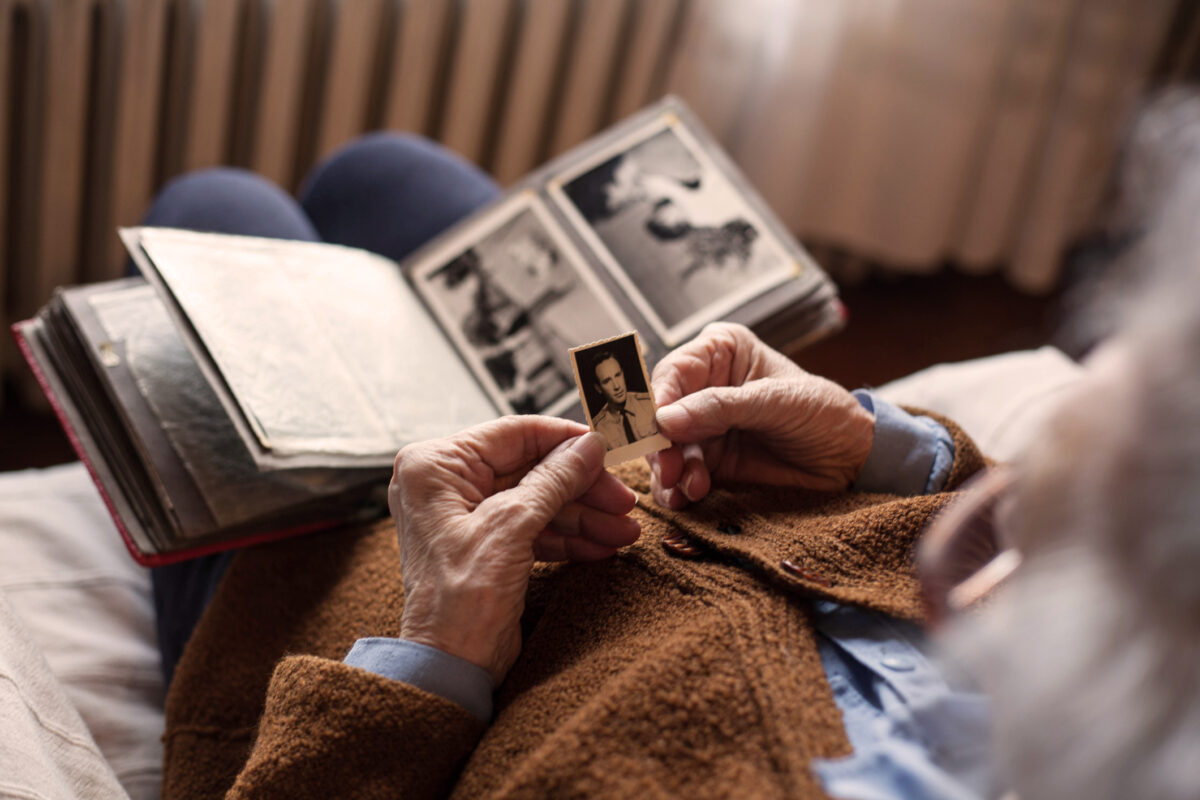What if a life-alert button added GPS then morphed into a fashion accessory? Well, it’s happened! They’re known as “wearables”; discrete yet decorative, these accessories and apparels have found the perfect balance between health and high-end design.
The emerging market of wearables was predicted a couple of years ago with astounding accuracy. The trend integrates health monitoring – heart rate, blood pressure, pain, and sleep – with fashion items. And the best part? Wearables are no longer relegated to the wrist (watches and bracelets); shirts, pants, and caps all are in the works.
Most of us are familiar with the tech-enhanced workouts in the form of fitness bands from Fitbit, Xiaomi, and Garmin, to name a few. Not to mention Apple and Google jumping on the bandwagon with health tracking apps. Now, new nanotechnology promotes independence and healthy living through a combination of textiles, electronics, and informatics (a science that creates, stores, finds, and shares information to develop solutions to the world’s challenges).
Wristwear
Kickstarter lived up to its crowdfunding reputation when the Kanega watch from Unaliwear was released last year. Known as “wearable OnStar”, the watch detects falls so older adults can get help quickly. The watch does not require a smartphone to be functional; other features include: medication management alerts, GPS, hearing aid hook-up, and waterproofing. User experience testing is happening now as are early orders for the Kanega.
Blood pressure monitoring has never been easier or more accurate thanks to Omron Healthcare. They’ve created a wristwatch that monitors blood pressure, sleep quality, and daily activity. Thinking ahead, Omron also developed a digital platform that allows the user to track, store, and share their health data with a physician.
SafeLink has designed a wearable for those suffering from dementia. GPS tracking sends notifications to as many as three people to alert any out-of-the-ordinary behavior.
Apps
Apple: Alert
Functionality is similar to others on the market, with one crucial distinction – the Alert app can detect physiological signals and prompt assistance before it’s actually needed.
Fitbit Zip
Wireless activity tracker for older adults equipped with motivational prompts that allow the user to view their progress and earn badges for a “job well done”. Battery life is exceptional, lasting six months, before needing a charge.
Accessories
The stats speak for themselves:
- Each year more than 300,000 older people ages 65 and older are hospitalized for hip fractures
- More than 95% of hip fractures are caused by falling
The solution: a belt that automatically deploys airbags over the hip when a fall is detected. Active Protective lives up to its tagline, “Merging safety with fashion”, with their “fall-in-progress” technology used to reduce impact quickly and automatically.
Smart Socks by Siren provide diabetics with a purposeful layer of protection (Neurofabric) which has microsensors woven directly into the fabric. By monitoring the temperature at the bottom of your feet, 87.5% of foot ulcers can be prevented. Controlling these types of neuropathy can greatly reduce future amputations, as well.
Bracelets broke the barrier for more jewelry-disguised gauges. Motiv created an optical heart rate sensor in a ring. According to the company, heart rates derived from a finger provide better data collection advantages than the wrist due to less hair and tattoos.
High Tech Fashion
UK-based Footfalls and Heartbeats has developed a proprietary process where the textile itself is the sensor. The company is currently inviting corporate partnerships around the world in the areas of health, sports, rehabilitation, and aged care among others. The smart sensor textile application is limitless!
By all accounts, wearables are in their infancy. More and more luxury brands are connecting with manufacturers to create high-end smart watches and clothing. With millions of older adults facing chronic issues, we’d be wise to embrace all the help technology has to offer.






